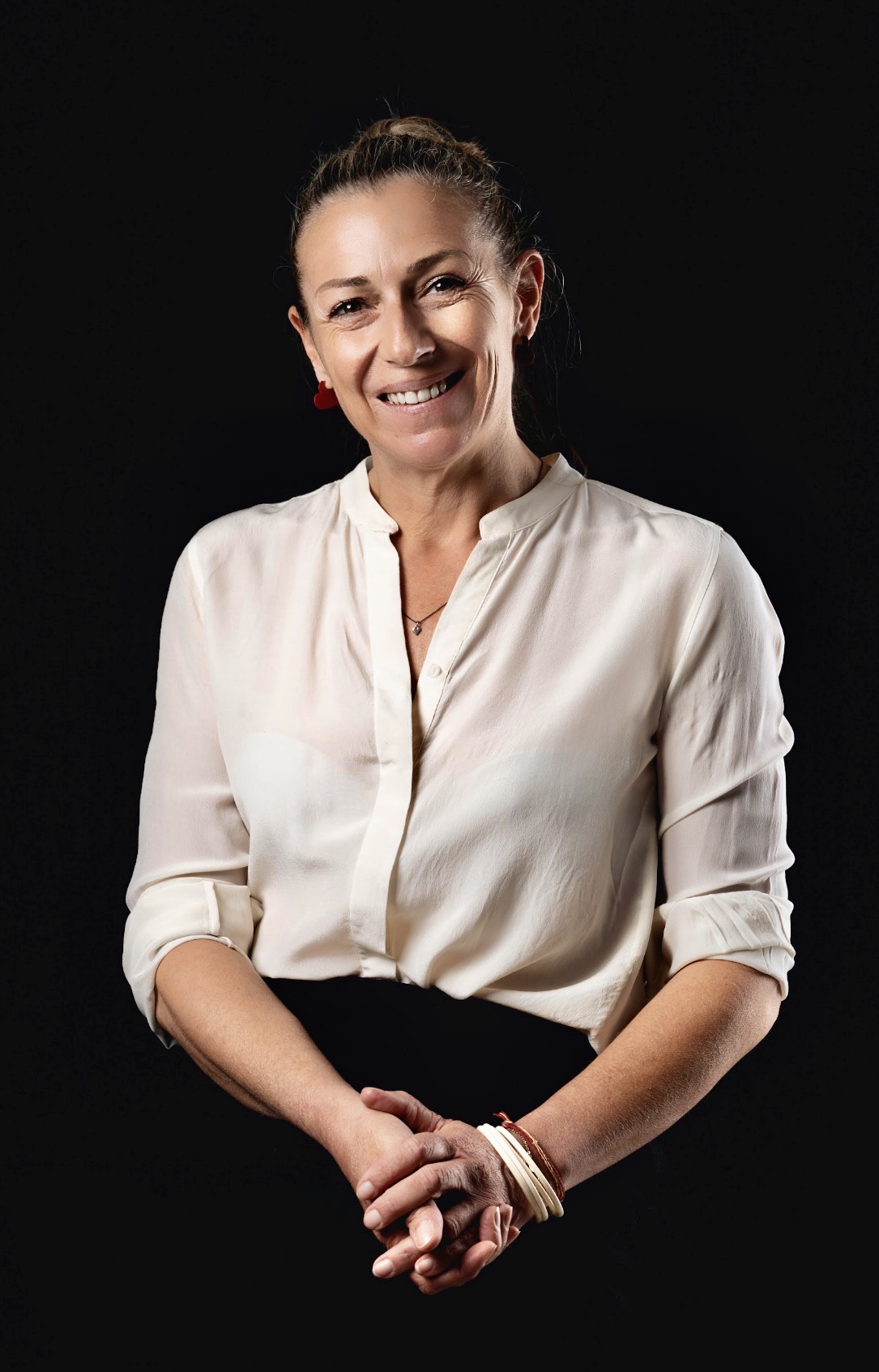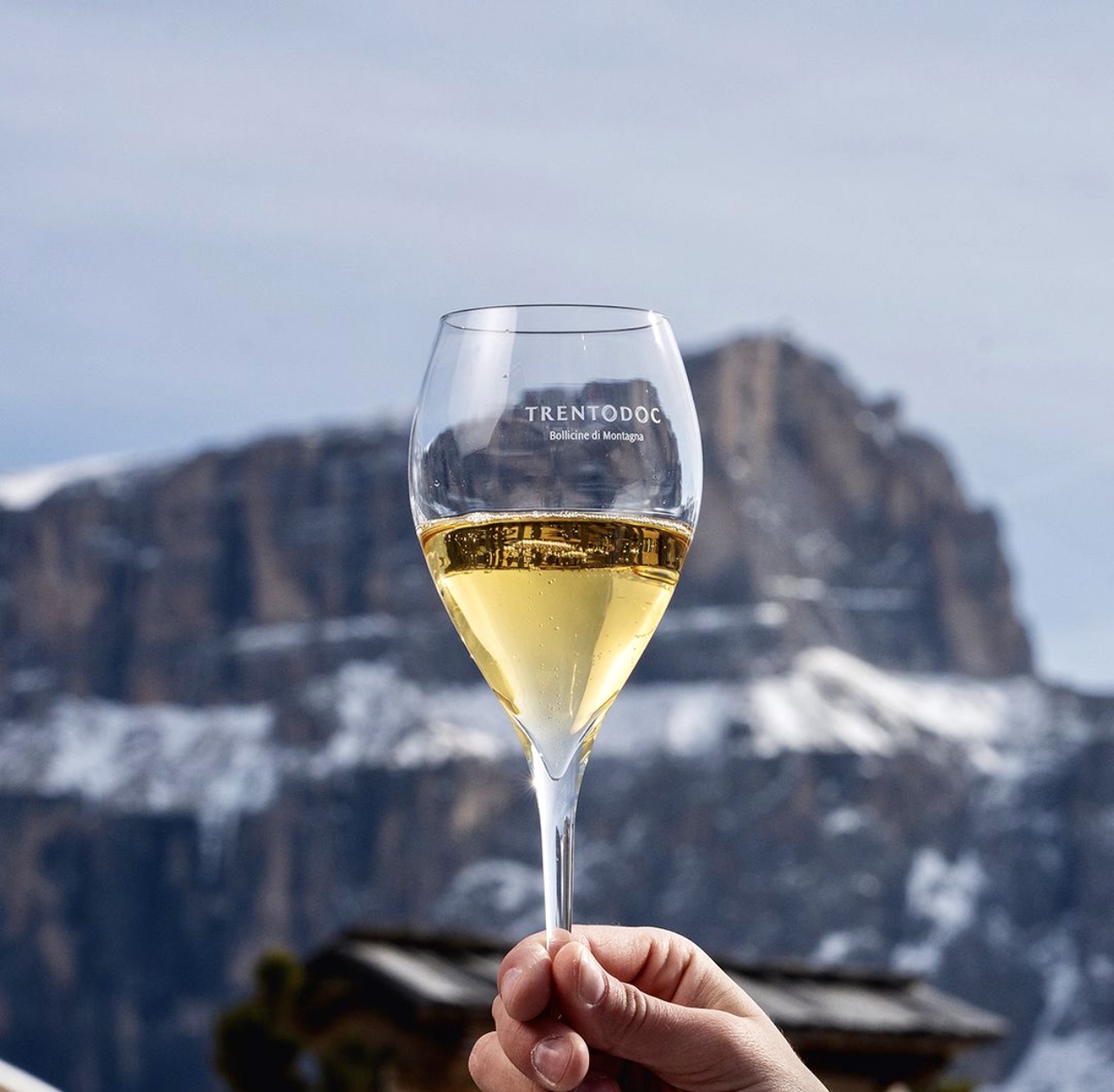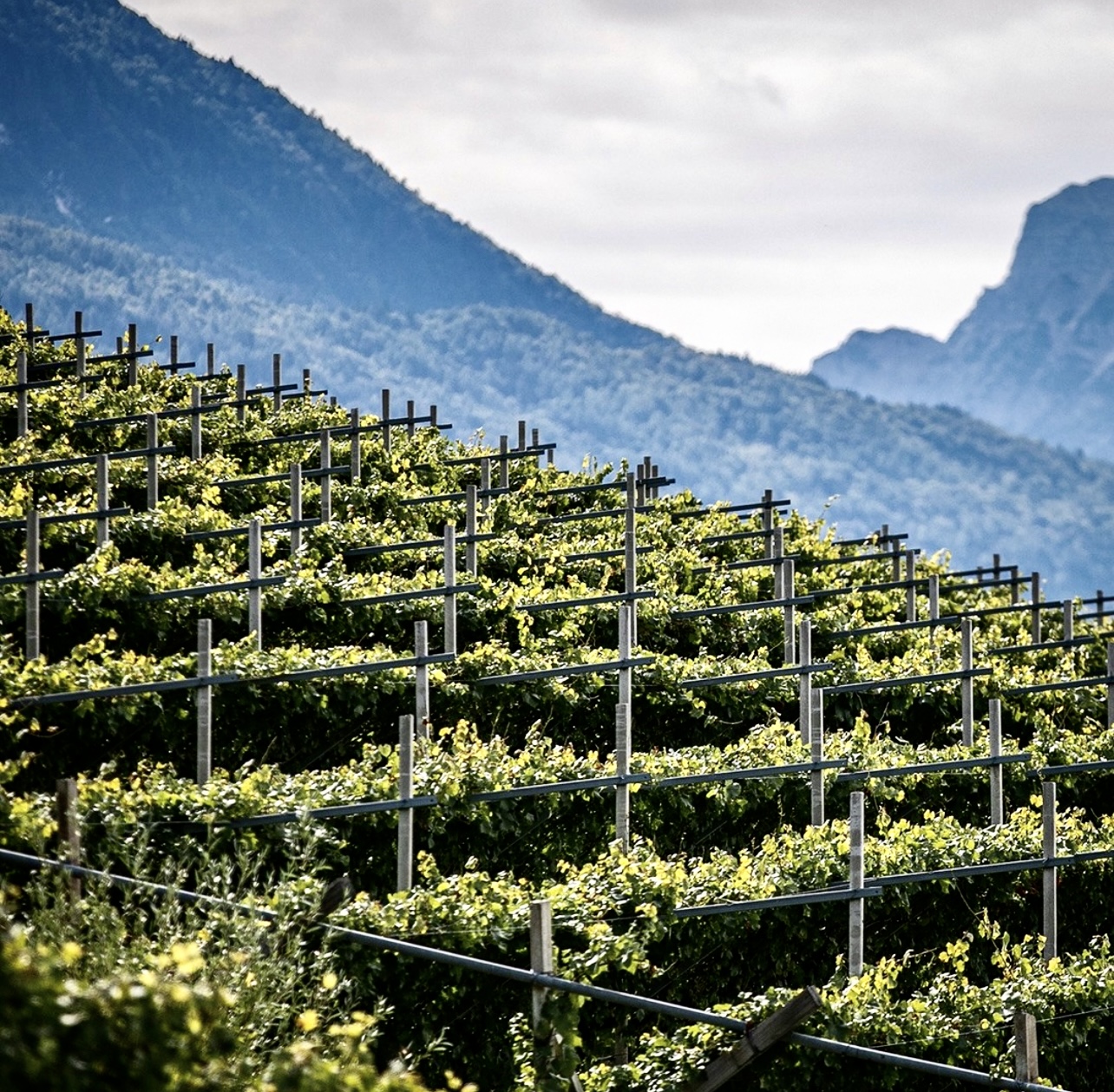Trentodoc is a sparkling wine produced in northeastern Italy's mountainous Trentino region. Formed in 1993, the appellation has the distinction of being Italy's first classic method sparkling wine. However, its origin can be traced back to the early 20th century to Giulio Ferrari, whose love for Champagne inspired him to try his hand at making bubbly wine in downtown Trento. Little by little, Ferrari built his empire, inspiring local wine producers to move in the same direction, and today, he is the most well-known of the appellation’s 67 wine producers.
Trentodoc vineyards are cultivated at high elevations in the foothills of the Dolomite Alps, between 650 and 2,625 feet above sea level. The area's soil, formed around 250 million years ago, is made of decomposed rock with limestone, contributing to the grapes' strong aromatic and mineral profiles. Furthermore, the region's large diurnal shift, the difference between day and night temperatures, ensures the wines have great acidity and pure fruit aromatics.
Trentodoc wines follow strict production guidelines, including aging requirements that mirror Champagne's. However, most producers exceed the 15 month-minimum, leaving the wines to age for ten years or longer before releasing them to the market. Extended lees aging brings complexity and elegance to the wines and is a signature of the region's quality-focused winemaking.
Grape Collective caught up with Sabrina Schench, Director of Trentodoc’s wine consortium, to talk about the appellation's evolution.
Lisa Denning: Can you tell me your background and how you became the Trentodoc consortium’s director?
 Sabrina Schench: I got my law degree at university, and I have a Master’s degree in Communication as well. I went to Madrid, worked there for two years, then returned to Italy and began working with the Chamber of Commerce for wine promotion and then with the Trentino tourism board. In 2012 the Trentodoc association hired me as director.
Sabrina Schench: I got my law degree at university, and I have a Master’s degree in Communication as well. I went to Madrid, worked there for two years, then returned to Italy and began working with the Chamber of Commerce for wine promotion and then with the Trentino tourism board. In 2012 the Trentodoc association hired me as director.
Can you tell me a brief history of Trentodoc and how it became an appellation for sparkling wine?
The story started in the 1800s when a few wine producers began trying to make a traditional method sparkling wine in Trentino. Then in 1902, Giulio Ferrari, the most famous oenologist and agronomist of Trentino, learned from his travels that there was a similarity in the climate and the terroir between Trentino and France. He started the production of classic method sparkling wine in the city of Trento, and then other producers followed him. In 1984, the association I represent, Trentodoc Institute, was founded. The recognition of the denomination of the region came in 1993 (It was one of the first DOC for a sparkling classic method worldwide), and then in 2007, the collective trademark ‘Trentodoc’ was born. Now there are 67 producers.
How would you say Trentodoc's sparkling wine distinguishes itself from other Italian sparkling wine?
Trentodoc’s identity comes from the mountain environment and from its very long tradition. The secret of Trentodoc itself is the elegance and freshness: the acidity coming directly from the mountains and the Dolomites. Trentodoc comes from Trentino, a region in northern Italy where 70% of the territory is higher than 1000 meters, 20% over 2.000 meters, and 93 mountains over 3000 meters.
How would you say the appellation has evolved since 2007?
I think the secret was working very closely with the producers, meaning we have a very close relationship with them. They started to believe strongly in the Trentodoc trademark. We work very hard on the promotion, and at the same time, the growing market for sparkling wine, in general, has gone up. I think a lot of circumstances have contributed to Trentodoc’s success.
What is the best way to get the word out about Trentodoc wine in the US? I don’t think the average U.S. consumer knows about the wine.
 You're right. In fact, Trentodoc is very popular in Italy, but in the US, we have a lot of work to do. I think that you need to push a lot on communication. We were the region of the year for Wine Enthusiast in 2020. We are partners of both the Master of Wine Association and the Italian Sommelier Association, two ...
You're right. In fact, Trentodoc is very popular in Italy, but in the US, we have a lot of work to do. I think that you need to push a lot on communication. We were the region of the year for Wine Enthusiast in 2020. We are partners of both the Master of Wine Association and the Italian Sommelier Association, two ...










